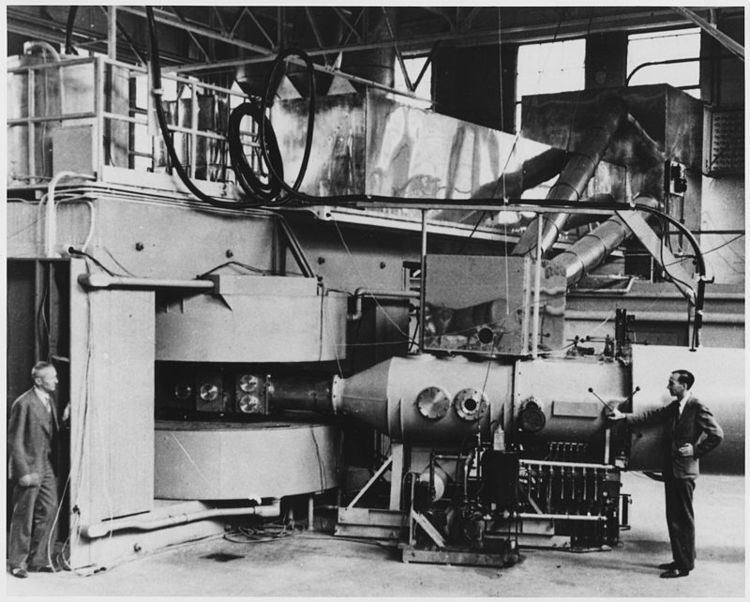Name Victor Ninov | Discovered Copernicium | |
 | ||
Victor Ninov (Bulgarian: Виктор Нинов, born 1959) is a former researcher in the nuclear chemistry group at Lawrence Berkeley National Laboratory (LBNL) who was alleged to have fabricated the evidence used to claim the creation of elements 118 and 116. These elements were later truly discovered at the Joint Institute for Nuclear Research in Dubna, Russia and named oganesson and livermorium respectively.

The man who tried to fake an element
Ninov was trained at the Gesellschaft für Schwerionenforschung (GSI) in Germany. His hiring by the LBNL from GSI had been considered a coup: he had been involved in the discovery of darmstadtium, roentgenium, and copernicium (elements 110, 111, and 112) and was considered one of the leading experts at using the complex types of software needed to detect the decay chain of unstable transuranium elements.

An internal committee at the lab concluded that Ninov was the only person in the large project to translate the raw computer results into human-readable results and had used this opportunity to inject false data. Re-analysis of the raw data did not indicate the events which Ninov's analysis originally reported.
Re-examination of the data from the experiments conducted at GSI during which Ninov's team had discovered elements 110 and 112 found that the original data had been altered, and repeats of the experiments could not reproduce the discoveries.
Reports on the Ninov affair were released around the same time that the final report on the Schön affair, another major incident of fraud in physics. As a result, the American Physical Society adopted more stringent ethical guidelines, especially those regulating the conduct of co-authors.
